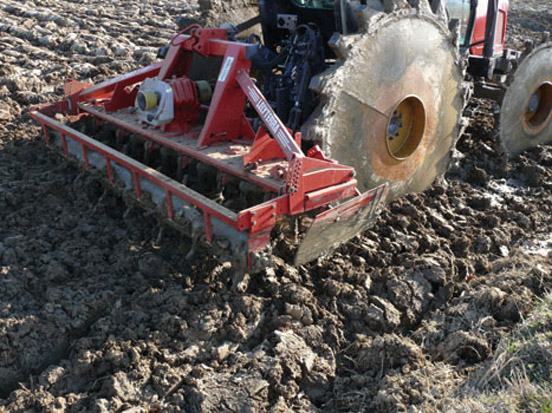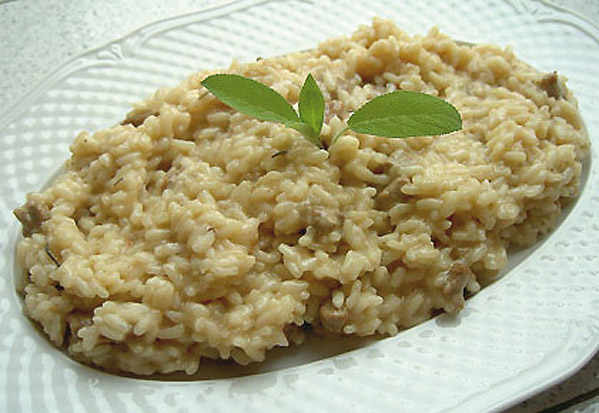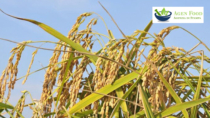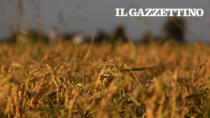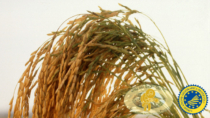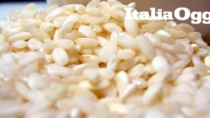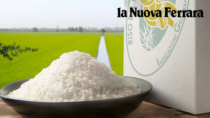Description
The Riso del Delta del Po PGI refers to rice deriving from the cereal belonging to the species Oryza sativa L., sub-species Japonica, group Superfino, in the following varieties: Carnaroli, Arborio, Baldo, Volano, Caravaggio, Cammeo, Keope, Telemaco and Karnak.
Production Area
The production area of Riso del Delta del Po PGI is within the territory of the following municipalities: Ariano nel Polesine, Porto Viro, Taglio di Po, Porto Tolle, Corbola, Papozze, Rosolina and Loreo, in the Province of Rovigo, in the Veneto region; and in Comacchio, Goro, Codigoro, Lagosanto, Massa Fiscaglia, Migliaro, Migliarino, Ostellato, Mesola, Jolanda di Savoia and Berra, in the Province of Ferrara, in the Emilia Romagna region.
Production Method
All the cultivation and transformation procedures are aimed at guaranteeing the product’s quality, traditionality and traceability. Fertilisation is often unnecessary due to the highly fertile soil and therefore rarely needed. The seeds must come from certified selected batches. The paddy cannot remain on the same land for more than eight years, after which it is subject to crop rotation for at least two years. Sowing takes place in late spring (May) and the crops are harvested in September/October. Only driers which do not leave either combustion residues or extraneous odours on the glumes are permitted during the drying stage. The dried rice must have a moisture percentage of less than 14%. All the transformation stages must be carried out in authorised and controlled establishments.
Appearance and Flavour
Riso del Delta del Po PGI has large, firm crystalline/pearled grains, and is either white or brown. It has a high absorption capacity, low loss of starch and high cooking resistance.
History
The first official document on rice dates back to 1475, in which Galeazzo Maria Sforza, Duke of Milan, sings its praises to Ercole I d’Este, Duke of Ferrara, after sending him a precious cargo of rice. The House of Este’s decision to invest in rice cultivation proved to be providential: the new land and the climate proved particularly suitable for growing the prized white grains. Between the eighteenth and nineteenth centuries, important Venetian families initiated further land reclamation, with the aim of extending the paddies throughout the delta area, contributing to the valorisation of those areas still situated between land and water. Its qualities were certified in 1950 by a declaration made by the Department Head of Venice’s Ispettorato Agrario Compartimentale, Viscardo Montanari, who praised its qualities and considered it one of Italy’s most valuable products. The ruinous floods in the 1950s and 60s dealt a serious blow to diffusion of rice cultivation, which only recovered in the nineties, to then continue into the new millennium with the recognition of PGI and the establishment of the Protection Consortium.
Gastronomy
Riso del Delta del Po PGI must be kept in a dry, well-ventilated place, away from light and heat sources. Due to its aroma and cooking resistance, it is an ideal ingredient for many recipes, from soups to local risottos, but also desserts. Well-known dishes include eel risotto, radicchio risotto, Lambrusco risotto, risotto with peas, and rice cake.
Marketing
The product is marketed as Riso del Delta del Po PGI, in the following varieties: Carnaroli, Volano, Baldo, Arborio, Caravaggio, Cammeo, Keope, Telemaco and Karnak. It is sold vacuum-packed, in controlled atmosphere packaging, boxes and suitable food-grade bags which are sealed.
Distinctive Features
The organoleptic properties of Riso del Delta del Po PGI are closely linked to the Po Delta area. The soil's pedological composition is characterised by high salinity due to the presence of the Adriatic, which gives the product its unmistakable aroma and flavour.






